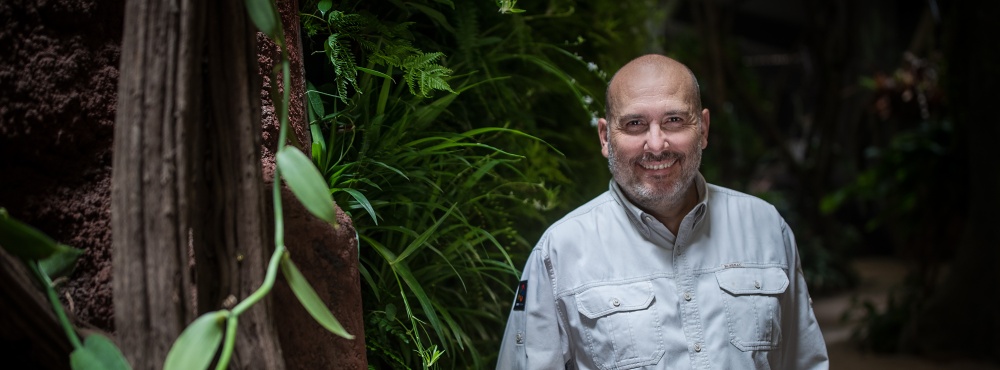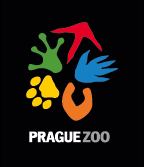The last wild horse (possibly) without question marks

The scientific paper published last year by Timothy T. Taylor and Christina I. Barrón-Ortiz may not have a very catchy title – Rethinking the Evidence for Early Horse Domestication at Botai – however, it is very interesting. After reading it, I remembered one of my favourite kaleidoscopes. Simply turn it around and the coloured glass would rearrange to form a new, radically different pattern. The work in question is also like turning a kaleidoscope. Suddenly, it gives us a completely different picture.
 Photo: Petr Jan Juračka
Photo: Petr Jan Juračka
It was assumed for quite a long time (although not everyone agreed) that the roughly five and a half thousand-year-old skeletal remains of horses found in northern Kazakhstan may well be the oldest evidence for their domestication. That it was the people of the Botai culture who bred and used these horses as livestock and riding animals, and that maybe it was these horses that gave rise to modern domestic horses. Examples of the evidence for the domestication of the Botai horses was provided by marks from bits on the preserved teeth or the vestiges of pits filled with decayed vegetative matter, which was thought to be the remains of horse dung.
A significant change to the majority view of Botai horses came in early 2018 with the work of 47 authors led by Charleen Gaunitz. It was entitled “Ancient Genomes Revisit the Ancestry of Domestic and Przewalski’s Horses”. Based on genetic analyses, it showed that the horses from the Botai culture were not the ancestors of our domestic horses (including mustangs and all other feral forms) and that they were much closer to another lineage – namely Przewalski’s horses. According to one of the extreme interpretations of the results obtained, Przewalski’s horses could even be the feral descendants of the domesticated horses of the Botai culture. If that were the case, then the Przewalski’s horse would be the only remaining representative of a unique lineage of horses, but not the “last wild horse”.
Cut and change the image again, now directly related to the work cited in the introduction. In it, Taylor and Barrón-Ortiz recapitulate the reasons why Botai horses cannot be considered domesticated. One of the weightier ones is the fact that the animals age composition, determined from the skeletal remains, does not correspond to the age structure of horses in captivity. The authors then focused on assessing the damage to the teeth that was thought to have been caused using a bit. Amazingly, they found identical damage on the teeth of wild Pleistocene equids from North America! Thus, they were able to state that the damage found on the teeth of the Botai horses was probably caused by natural developmental defects and wear, rather than by contact with a bit. This is, of course, a very strong argument in support of their claim that the Botai horses were not domesticated; rather they were wild Przewalski’s horses that had been hunted extensively by the people of the Botai culture. What’s more, the bone finds come from places that seem to be made for such hunting.
Now the likely theory is that the Przewalski’s horse is not a feral descendant of a horse that was domesticated aeons ago, but it is, in fact, what we have always considered it to be: the last, and therefore currently the only, wild horse.
ZOOPRAHA.CZ
Contacts
- The Prague zoological garden
U Trojskeho zamku 120/3
171 00 Praha 7
Phone.: (+420) 296 112 230 (public relations department)
e-mail: zoopraha@zoopraha.cz
Others








